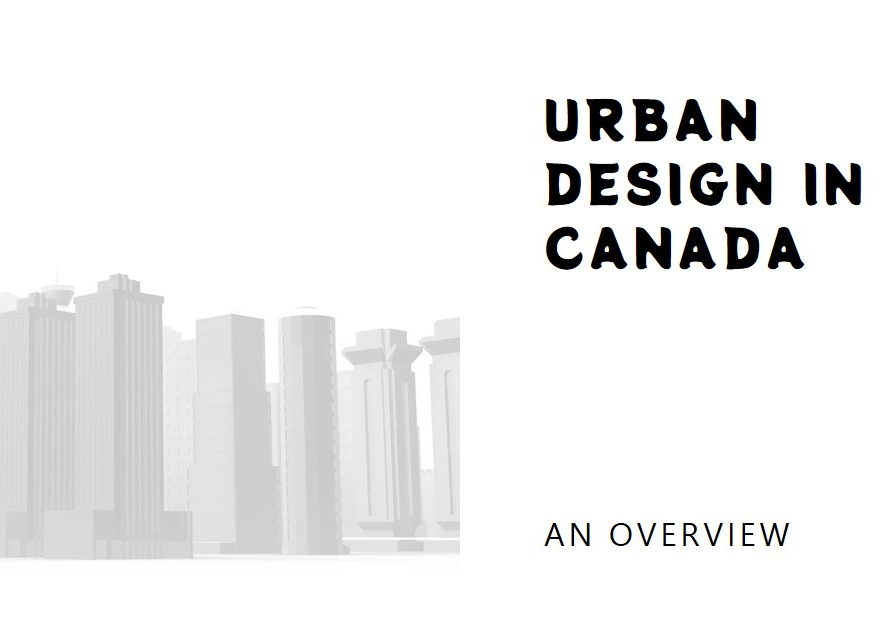
Table of Contents
In the realm of architecture, the integration of advanced technologies such as architectural visualization has transformed the way architects conceptualize, communicate, and realize design visions. This blog post delves into the transformative impact of architectural visualization and explores how it can enhance the architectural design process, improve decision-making, and elevate the overall quality of architectural projects.
1. Visualizing Design Concepts
Architectural visualization enables architects to transcend traditional 2D drawings and envision design concepts in immersive 3D environments. By creating photorealistic renderings, virtual walkthroughs, and interactive simulations, architects can visualize spatial relationships, material textures, lighting scenarios, and design iterations with unprecedented clarity and detail. This visualization prowess not only aids in communicating design intent to clients, stakeholders, and project teams but also fosters a deeper understanding of design complexities and possibilities.
2. Iterative Design Exploration
One of the key advantages of architectural visualization is its ability to support iterative design exploration and experimentation. Architects can swiftly iterate through design alternatives, adjust parameters such as building massing, façade treatments, interior layouts, and landscaping elements, and visualize the impact of these changes in real-time. This iterative approach promotes creativity, design innovation, and informed decision-making, allowing architects to refine designs iteratively based on feedback, performance considerations, and aesthetic preferences.
3. Enhancing Client Engagement
Architectural visualization serves as a powerful tool for engaging clients, investors, and stakeholders throughout the design process. Visual representations such as 3D renderings, animations, and virtual tours enable clients to experience proposed designs comprehensively, gaining insights into spatial flow, design aesthetics, and anticipated user experiences. This enhanced engagement fosters constructive dialogue, aligns expectations, and builds confidence in design outcomes, ultimately leading to greater client satisfaction and project success.
4. Communicating Design Intent Effectively
Clear communication of design intent is paramount in architectural projects, and architectural visualization excels in conveying complex design concepts with precision and clarity. By leveraging visual storytelling techniques, architects can articulate design narratives, showcase design features, highlight sustainable elements, and communicate the overarching design vision effectively. Visualizations serve as compelling tools during client presentations, public consultations, and regulatory approvals, bridging the gap between conceptual ideas and tangible representations.
5. Simulating Realistic Environments
Architectural visualization tools enable architects to simulate realistic environments by incorporating accurate lighting simulations, environmental effects, and contextual elements into visualizations. Simulated daylighting studies, shadow analyses, and climate simulations help architects assess the impact of natural light, shading patterns, and environmental conditions on building performance and occupant comfort. By integrating site context, landscaping, and surrounding infrastructure into visualizations, architects can envision projects within their real-world contexts, ensuring design integration and harmonious urban landscapes.
6. Streamlining Collaboration and Coordination
Effective collaboration among multidisciplinary teams is critical in complex architectural projects, and architectural visualization fosters seamless collaboration and coordination. Design teams, engineers, consultants, and contractors can collaborate within virtual environments, share design data, coordinate workflows, and resolve design conflicts early in the design process. This collaborative approach minimizes errors, accelerates decision-making, and enhances project efficiency from conceptualization to construction phases.
7. Evaluating Design Performance
Architectural visualization tools empower architects to evaluate design performance metrics such as energy efficiency, daylighting levels, thermal comfort, and sustainability factors early in the design stage. By integrating building information modeling (BIM) data, energy analysis tools, and parametric simulations into visualizations, architects can assess design alternatives based on quantitative data, identify optimization opportunities, and make data-driven design decisions that align with environmental goals and client objectives.
8. Showcasing Design Innovation
Innovation is at the heart of architecture, and architectural visualization serves as a platform to showcase design innovation, futuristic concepts, and cutting-edge technologies. Through visual narratives, architects can demonstrate innovative building materials, sustainable design strategies, smart building technologies, and resilient design solutions that address contemporary challenges such as climate change, urbanization, and societal needs. Visualizations not only inspire creativity within design teams but also position architectural firms as leaders in design excellence and innovation within the industry.
9. Facilitating Marketing and Promotional Efforts
Architectural visualization plays a pivotal role in marketing and promoting architectural projects to potential clients, investors, and the public. High-quality renderings, virtual tours, and animations serve as compelling marketing collateral, enabling firms to showcase their portfolio, highlight design expertise, and differentiate their services in a competitive market. Visualizations contribute to brand recognition, client engagement, and lead generation, driving business growth and opportunities for new projects.
10. Embracing Future Possibilities
As technology continues to advance, the future of architectural visualization holds limitless possibilities for architects and design professionals. Emerging technologies such as real-time rendering, virtual reality (VR), augmented reality (AR), and artificial intelligence (AI) are reshaping the landscape of architectural visualization, offering new avenues for creativity, collaboration, and immersive experiences. By embracing these technologies and integrating them into design workflows, architects can unlock new dimensions of design exploration, client engagement, and design excellence in the evolving architectural industry.
Conclusion: Harnessing Visualization for Architectural Excellence


In conclusion, architectural visualization is not merely a tool but a catalyst for architectural excellence, innovation, and effective communication in the modern design landscape. By harnessing the power of visualization tools, architects can bring design visions to life, engage stakeholders effectively, optimize design performance, and position their firms at the forefront of design innovation. As architects continue to embrace technology, creativity, and collaborative approaches, architectural visualization remains a cornerstone in shaping inspiring, sustainable, and transformative architectural solutions that enrich lives and environments globally.


